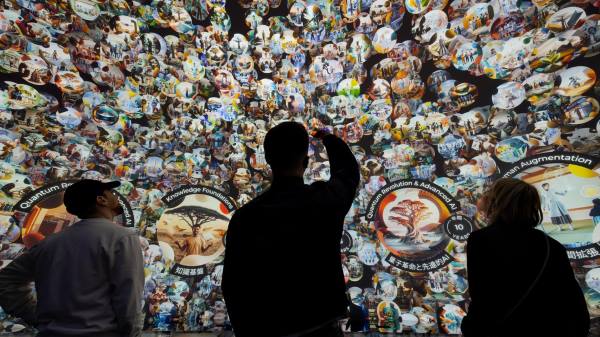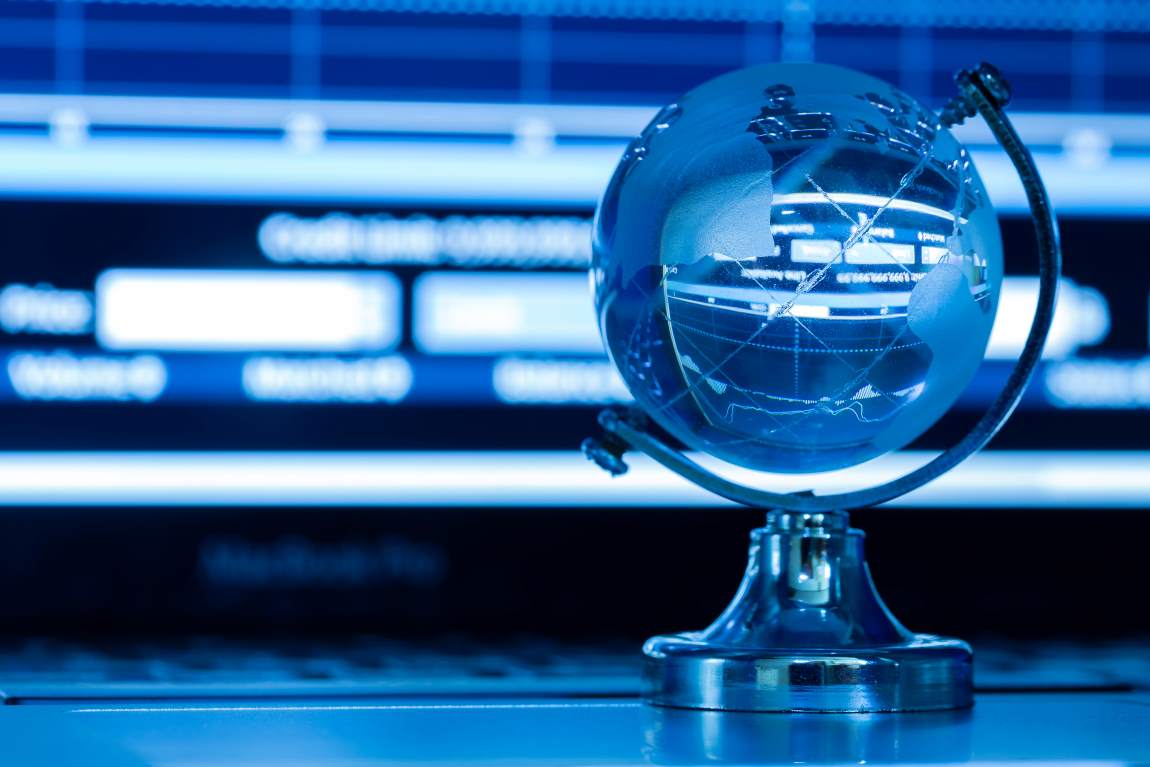The Geneva Public Portal to Anticipation, created by the EPFL Laboratory for Experimental Museology in collaboration with the Geneva Science Diplomacy Anticipator, is an interactive installation that offers visitors a way to explore and co-create speculative futures based on anticipated scientific breakthroughs.
The interactive Portal premiered on April 13, 2025 for the opening of Expo 2025 Osaka, and will remain available to visitors for the duration of the six-month event. Created by eM+ using GESDA’s database of scientific knowledge (GESDA Science Anticipation Radar), the Portal uses generative AI, data visualization, and user-generated content to bridge the gap between complex scientific knowledge and public engagement. Participants can select parameters such as science topic, emotion, and time period to generate unique, AI-powered stories of possible futures.

“By inviting engagement with this leading scientific knowledge base, users can ‘re-engineer’ a canvas of speculative futures through their own perspectives, and feel a sense of agency in their own and global futures,” says Prof. Sarah Kenderdine, head of eM+ and designer of the Portal.
The Portal includes a large, interactive touchscreen for five simultaneous users. Participants are invited to choose from a series of paramaters, such as science topic, emotion, and time-period, to generate unique, AI-powered visions and stories of possible futures. Using extensive prompt engineering, the Portal combines 65,000 words including five scientific platforms, 29 topics, and 116 subfields with a series of user parametersby users, to generate both a narrative story and an image located in the future at five-, 10-, or 20-year time horizons.
The project involves 3 million precomputed images and speculative future stories, powered by the language and image generators, Open AI’s GPT-4o, and Ideogram 2.0. Some story examples include Kibo’s Quantum Frustration, Art in Futurescape Juba, and Akiko Tanaka’s Vigilance.
Since its opening in Osaka on April 13, there have already been nearly 40,000 visions created or curated via the Portal.
“The Swiss pavilion has an estimated 1 million visitors, and based on current figures, about 65% of all visitors engage with the Portal, often creating more than one vision of the future in each session,” says Kenderdine. “We see visitors totally absorbed in this creation process, often in groups, trying out several possible scenarios for the future. Very few Pavilions at the Expo have created fully interactive works where visitors can generate meaningful insights into the future.
“The Portal is a paradigm shift in how to do this, and the responses of visitors to the installation make this tangible and exceptional. And Anecdotally, docents are telling us that visitors are telling them it’s one of the best things at EXPO, not least because its interactive and in a meaningful way.”
Of GESDA’s defined scientific areas that people can engage with when creating futures, in the first four weeks, user interest breaks down as follows: 30% for human augmentation, 21% for quantum revolution and advanced AI, 21% for eco-regeneration, and 14% for science diplomacy and knowledge foundations 3%. Most visitors are interested in how the future will manifest in domains of healthcare or the environment.
Yielding both qualitative and quantitative data, extensive evaluation will become the foundation for analysis, informing in what areas scientists, policy makers and entrepreneurs need to focus when it comes to communicating in the public domain.
“The goal of the Portal is to empower the public to speculate on possible futures by tapping into the vast collective intelligence unleashed by generative AI tools,” says Kenderdine. “This creative simulacrum of futures makes tangible the science of tomorrow.”
Visitors to the Portal include EPFL president Anna Fontcuberta i Morral and Swiss Federal Councillor Ignazio Cassis.
Along with the Geneva Public Portal to Anticipation, EPFL’s presence at the Expo 2025 Osaka includes deepfakes where visitors can transform into iconic figures like Einstein or Heidi, highlighting the importance of reliable and ethical AI, and Robocake, an edible robotic wedding cake that illustrates the advances in robotic food research.
Article Source:
Press Release/Material by Stephanie Parker | EPFL
Featured image credit: jcomp | Freepik




